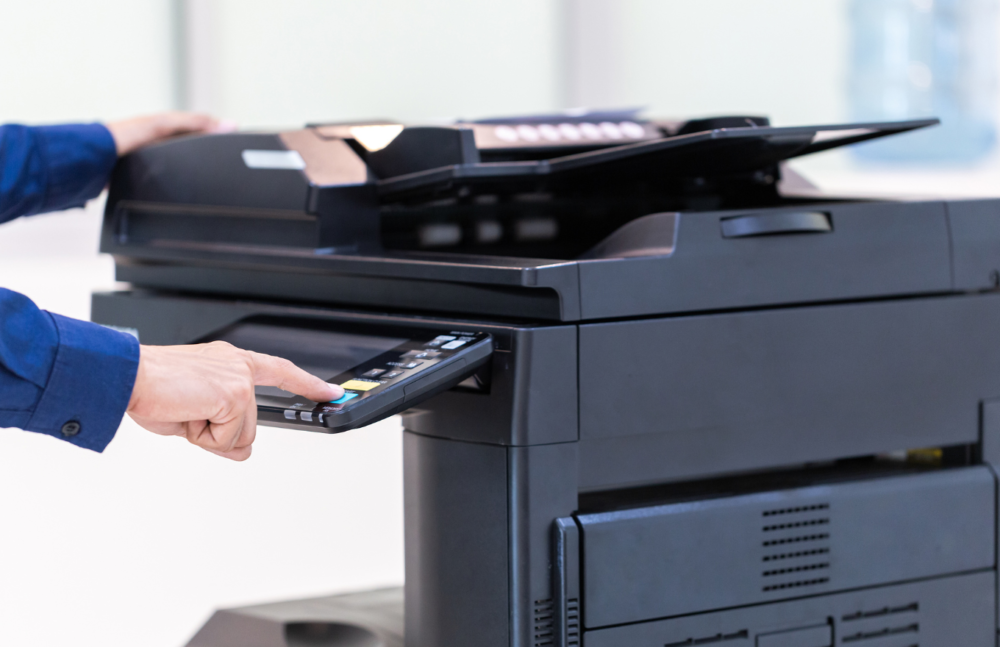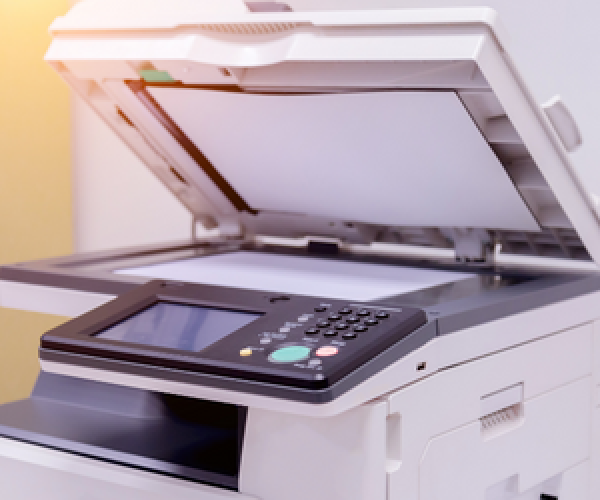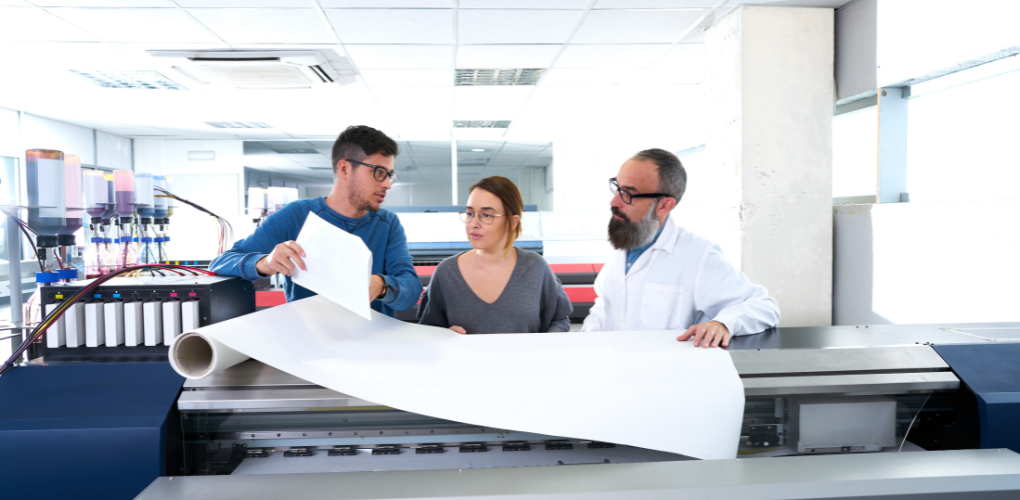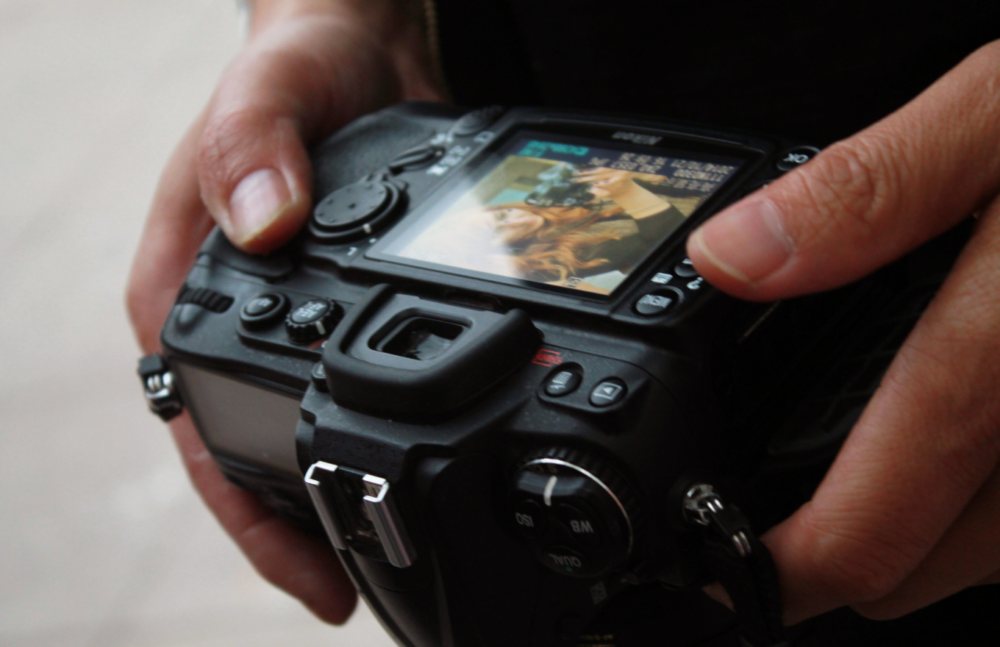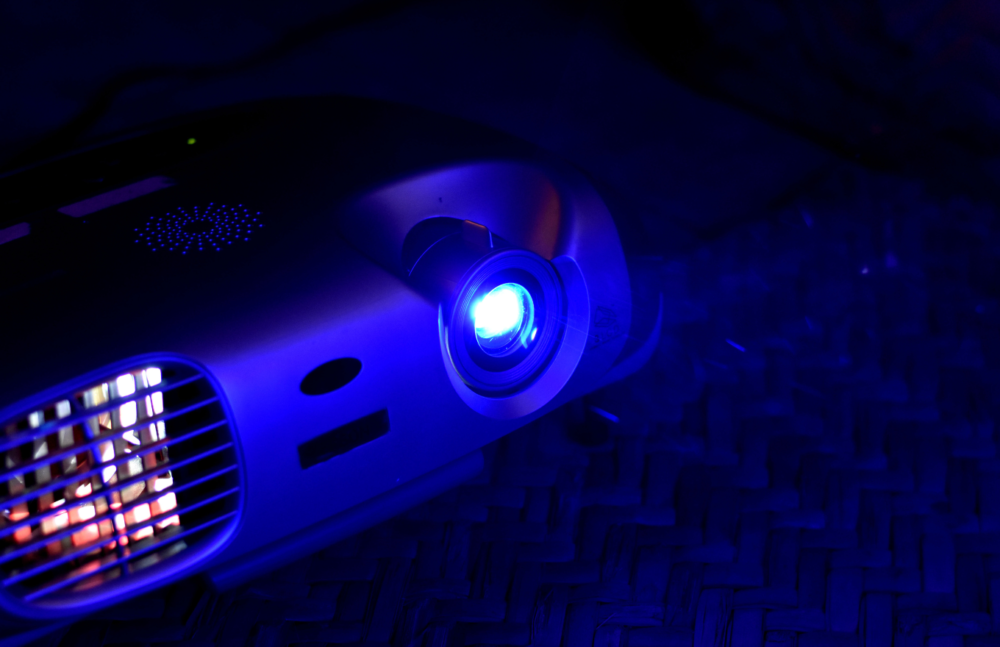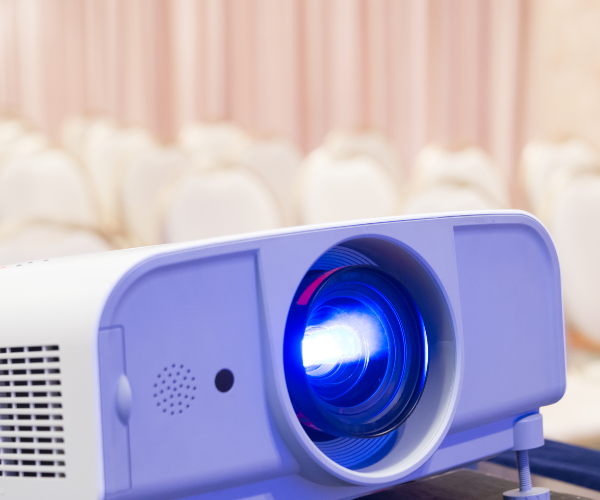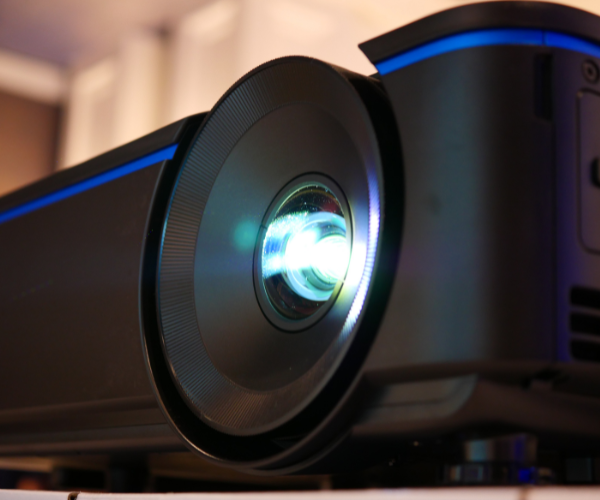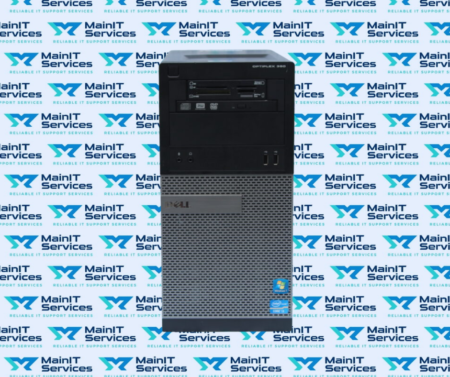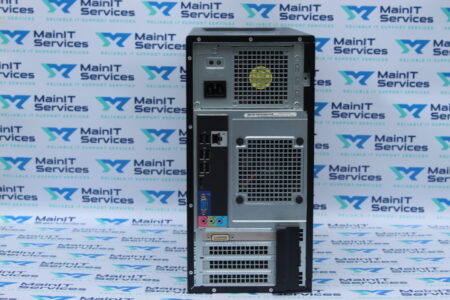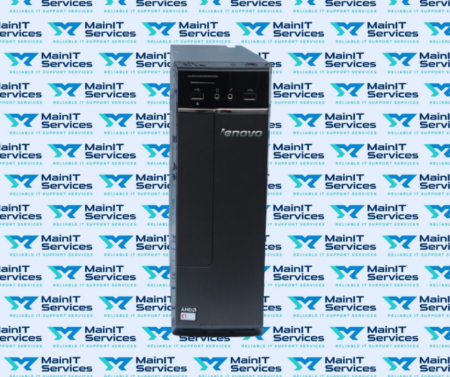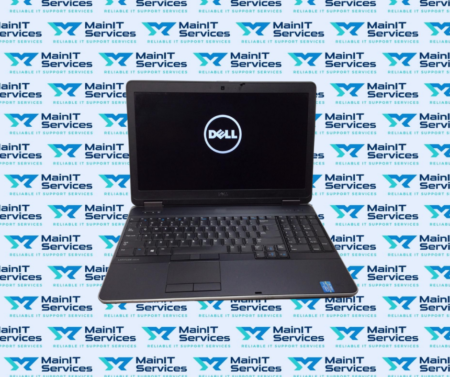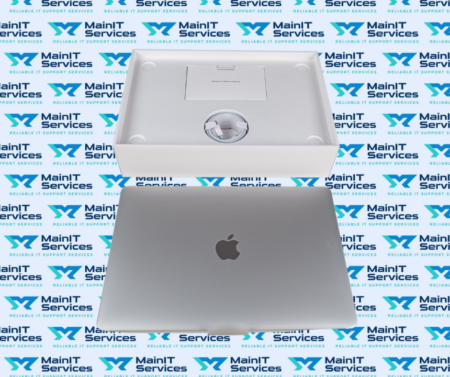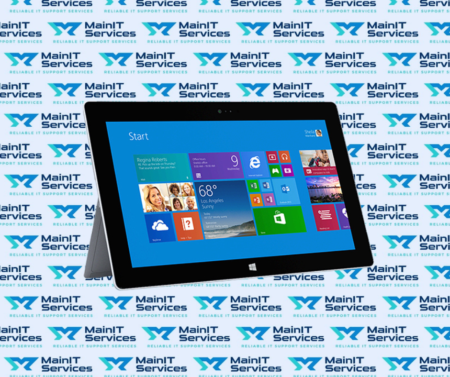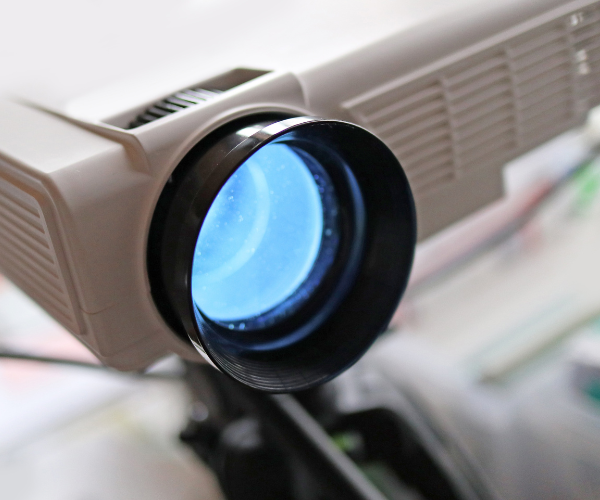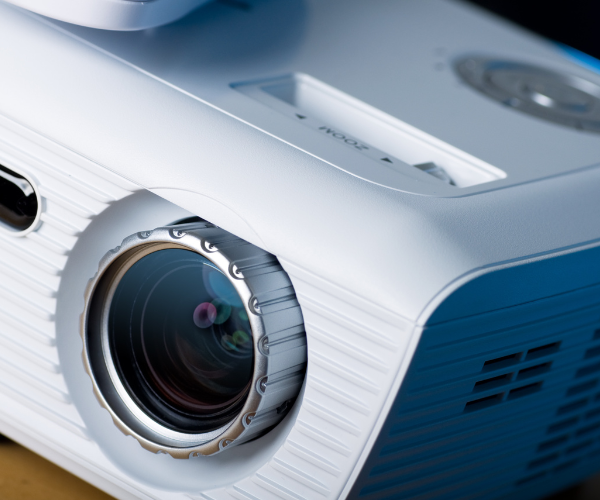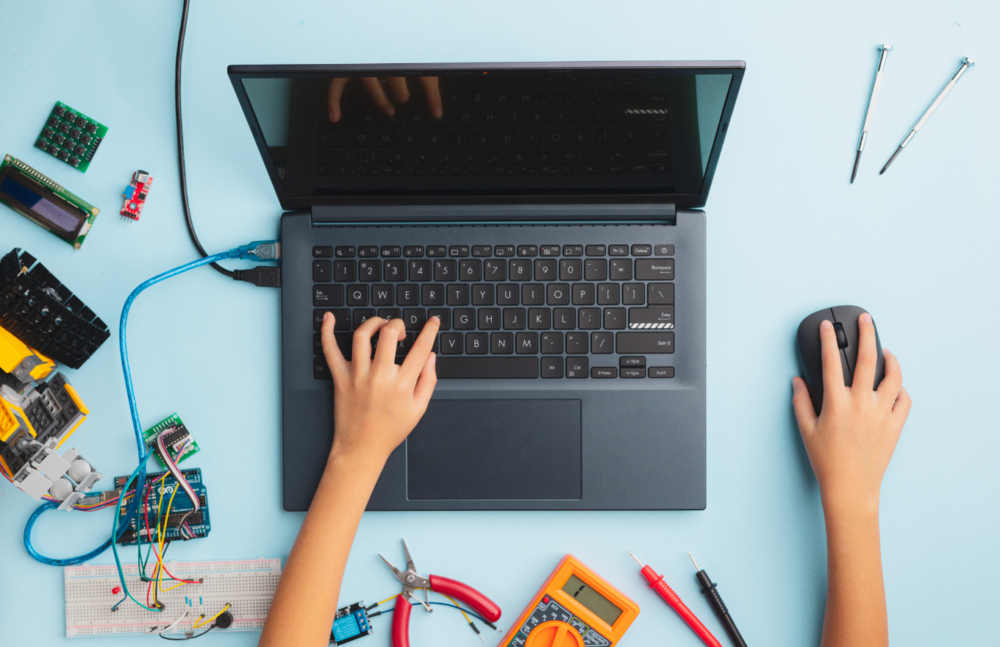Free Shipping
(703) 565-8910
Tag Archives: PC Accessories
10 Things to Consider When Purchasing a Camera
Are you interested in photography but don’t know where to start? If you are ready to take your photography beyond your smartphone, but don’t know where to start with your camera purchase, Schiller’s has the class for you. In “How to Buy a Camera” we will introduce students to the different styles of photography, different variations in the cameras, and their purposes – so you can make an educated purchase. In this blog, we have highlighted 10 main points of our professional course to help every aspiring photographer in making a camera selection. To learn even more about selecting the perfect camera for your photography needs, register for our “How to Buy a Camera” course. Click to read more…
1. Before You Buy a Camera
- What are you going to use the camera for? Ask this question of yourself before you buy a camera. Do you want something that will take better photos than your phone or do you want to get into photography as a hobby or business?
- What is your budget? If you are starting this as a hobby, you may not need a professional grade Digital Single Reflex Lens (DSLR) camera but you may want to get something that will allow you to grow into a DSLR. Or you may just want something to bring with you for better snap shots than your flip phone does.

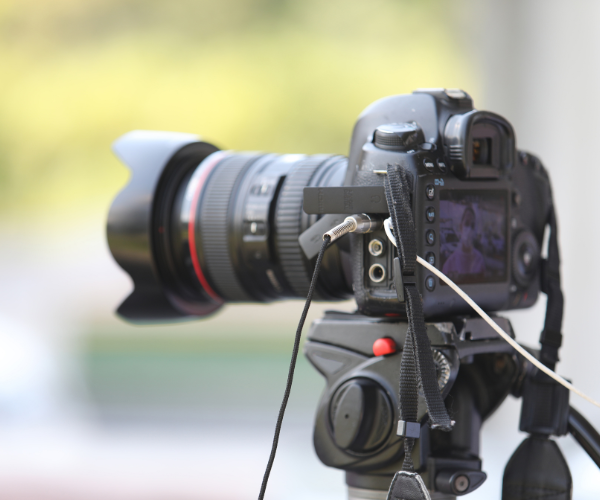
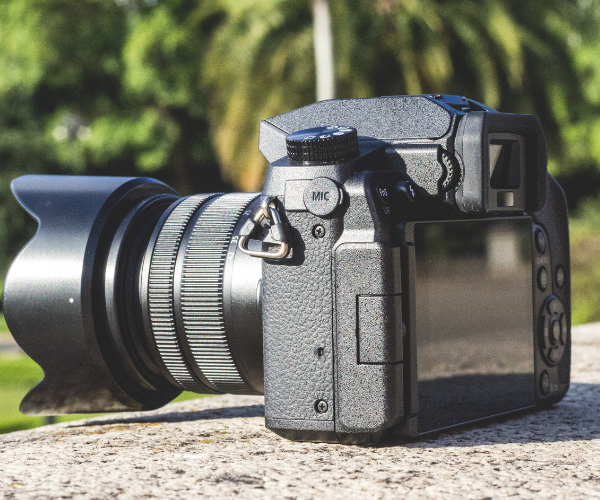
2. Types of Cameras
- Point-and-Shoot: These are great for snap shots and traveling light on vacation. They offer optical zooms that can’t be matched by a cell phone.
- Bridge Camera: like the Nikon P1000: These are a little bigger than a Point-and-Shoot and will offer more features, mainly better zoom and telephoto capabilities. They are also a one-piece unit, which makes them easy to keep the sensor clean and there’s no need for space for extra lenses. The Nikon P1000 will outperform all but the top of the line professional cameras with multi thousand-dollar lenses. Great for birding!
- Interchangeable Lens Cameras – DSLR & Mirrorless: Unlike bridge cameras, these cameras allow you to use different lenses so you have more creative options.
- APS-C (and micro 4/3) vs full frame vs medium-format: Cameras come with different sized sensors (the digital film).When someone says full frame they mean the sensor is the same size as a 35mm film negative. APS-C and micro 4/3 have sensors smaller than a 35mm film negative and medium-format are larger. This will matter when you are buying lenses as well as when you are considering which camera you want to buy. The smaller sensors can have the same number of pixels as the full frame, the pixels are just smaller. Technically this means a smaller sensor will not capture an image quite as well as a full frame but it really only matters at the extreme, like taking photos of the Milky Way.
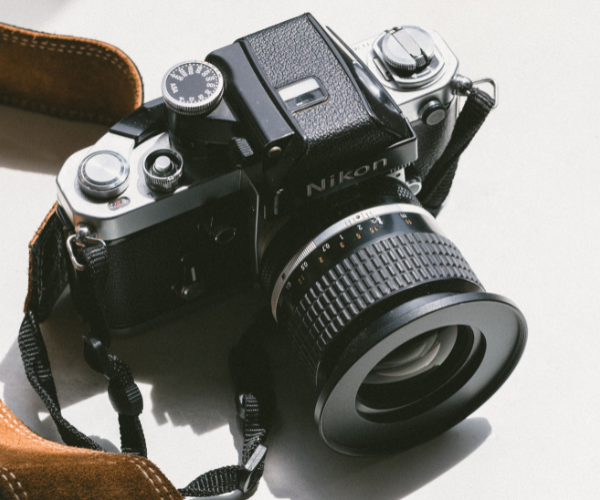
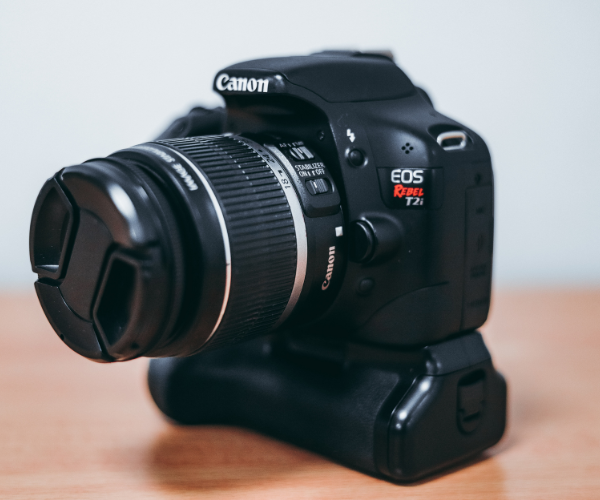
3. DSLR vs Mirrorless
- Traditional DSLR Cameras have a mirror inside them that allows you to see through the lens so you see what the picture framing will look like. Mirrorless Cameras use a sensor that captures your image as a video feed to the Electronic Viewfinder (EVF).
- Size: DSLRs are much larger in size and weigh more. For people with big hands, the larger cameras feel better in our hands. A Mirrorless Camera will generally be smaller, lighter, and better for traveling.
- Battery life: Mirrorless Cameras use smaller batteries (because the camera body is smaller) and the viewfinder is electronic, which means you will go through batteries faster. It is advised to carry a spare with you when shooting with a Mirrorless Camera.
- Optical vs Electronic Viewfinder: The optical viewfinder will save you on battery power, however, an electronic viewfinder has the advantage that it can be set to show you exposure of your image before taking the photo.
4. Speed and Performance
File size, or MegaPixel (MP) is what most people first look at when buying a camera. The higher the MP, the sharper the photo will look and the larger you can print. It also corresponds to the price of the camera. ISO is a key performance factor to consider when buying a camera. It essentially dictates how your camera will perform in low light situations. The higher the number, the less light you will need. Unless you are going to go out and shoot sporting events or wildlife, frames per second (fps) should not be your main concern. However, if you are going to shoot those things, FPS will increase the chance of “getting the perfect shot.”
5. The Mega Pixel Myth and Reality
There are some who chase after more megapixels but the truth is a 20mp camera will give you plenty of information to 20”x30”. In some cases, more pixels can hurt. In low light, a full frame sensor with fewer pixels will have less issues with digital noise than a crop sensor with more pixels.
6. Ergonomics
If it is too heavy or doesn’t fit well in your hand, then you will be less likely to take it with you. This is a major benefit of an in-person camera store shopping experience. You can hold the camera and see how it feels in your hands. However, please don’t come in and then buy online, we can’t stay in business and if you find a new camera cheaper online it is probably grey market and you will not be able to get it serviced. Camera manufacturers set the price, not the stores.
7. Interchangeable Lenses
If you decide to purchase a camera where you can change lenses, you open up a big box of choices. There are prime lenses that are just one focal length. Lower numbers, like 15mm, are wide angle and will show more in your photo. Great for landscapes. Around 50mm is “normal” and what our eyes see. Over 85mm is considered telephone and this is like a telescope, it brings far subjects closer. Great for taking photos of bears in the wild when you want to stay a safe distance from your subject. After prime there are zoom lenses and they come in all different lengths. Primes are usually smaller, lighter, and better in their image quality than zoom but will not give you the flexibility. Zooms allow you flexibility with fewer lenses to carry around. There are also lenses made just for APC-S cameras that will not work on full frame cameras. Full frame lenses work on both, but they are generally more expensive. One thing I like to tell people is “you buy a camera, but you invest in lenses.” Lenses last longer than the body and I often recommend, if you think that one day you may buy a full frame camera, only buy full frame lenses.
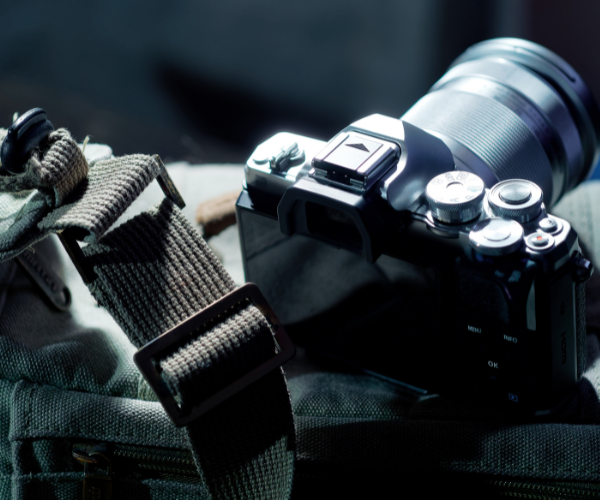
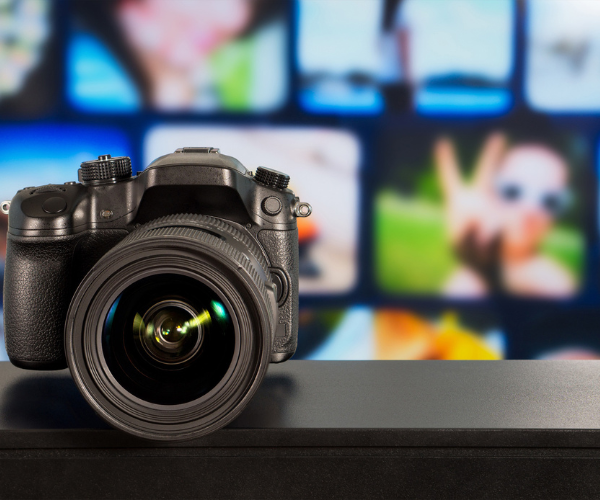
8. Image Stabilization
This helps reduce camera shake. There is in body image stabilization (IBIS) and lens image stabilization (Canon lenses rock this.) Image stabilization can really come in useful in low light.
8. Video
Most all digital cameras these days will allow you to shoot some video. If you think you are going to shoot a lot of video, be sure to do some research first. However, if you just may capture some special moments, you should be fine with any camera made within the last 5 years.
9. Other considerations
- Shooting Mode: Most cameras have Mode settings. These are the basic modes; M for manual, A or AV for aperture priority, S or SV for shutter speed priority, P for program, and AUTO (in green letters) for fully automatic. These are all designed to allow you as the photographer to choose the shutter speed and aperture used to take a photo. Our class on “Photo Fundamentals” or the “Art of Photography” will go deep into how and why you would want to control these functions. Most of the consumer cameras also have a scene setting. This is fully automatic like the AUTO setting, but it allows you to tell the camera what you are shooting like sports, close-ups or other scenes. The camera will adjust for the scene to give you better photos.
- RAW vs Jpeg: Jpeg can be used for almost anything. Sharing on social networks, emailing, and printing. They are smaller than RAW images and you will not need to do anything to them. RAW, on the other hand, will need to be processed by a photo editing program like Lightroom or Photoshop. Then why shoot in RAW? Jpeg compresses a photo. Basically, it gets rid of information the computer doesn’t think you need. RAWis all the data from the camera’s sensor. It allows for more detail, mostly in the dark and light areas.
- Wifi & GPS: Wifi on your camera is made to transfer a few images to your phone so you can share them right away. On some cameras, it allows you to control and take photos using your phone as a controller. Additionally, some cameras put GPS tags where you took the photo. I’m not a big fan of GPS mainly because it is always on and uses a lot of battery power, however, I can use the GPS from my phone and Wifi of my camera if I want to tag an image.
- There is Weatherproof, dust-proof, and freeze-proof; then there is waterproof: Weatherproof is not waterproof. If you are going to be out in bad weather or dusty places, spend the money for a camera that is well sealed. Just remember, it is not waterproof. If it falls in a river, it will be ruined (and I hope you purchased a MAC warranty). There are waterproof cameras that are designed to go underwater and or cases made for your camera that allows them to go underwater like for scuba divers.
- While there are many things to consider when purchasing a camera, the experts at Schillers are always prepared to educate you on features, tips & tricks, and anything else before you make the decision. We offer in-store consultations with our trusted team members to help simplify the process. In addition, if you want to learn more about purchasing a camera, or any of our professional class topics, register for an expert-led introductory photography course today!
Should you buy a used Projector?
There are some common questions you might have such as whether it is a good idea to buy a used projector. It’s tempting to want to find the cheapest / best deal on a projector if you fit into these categories. Maybe you also want a high-end model from years ago for a better price and you’re wondering if buying refurbished is a good option. So the question arises:
Find the best deals on the our used desktops & Laptops. Up to 70% off compared to new
Used Dell Optiplex 390 Desktop PC Intel Core i3-2120 Processor, 4GB Memory, 500GB
$180.50Used Lenovo H30-05 Desktops (AMD E1, 4 GB RAM, 500 GB HDD)
$190.99Dell E6540 Intel core i7 8GB RAM , 500GB HDD, Windows 7
$599.99MacBook Air 13.3″ (256GB SSD, Intel Core i5 Dual-Core , 1.80 GHz, 8GB) Laptop – Silver
$249.00Used Lot of 2 x Surface RTs D Grade / DEFECTIVE Units
$69.99So should you buy a used projector?
There’s only a few instances in which buying a used projector is a better idea than not. Factors such as bulb life, projector type, price, and warranty status are the biggest things that will sway you one way or the other.
You don’t want a projector that could be nearing the end of its bulb life, nor do you want a used projector that could die sooner than you wanted and require more money towards repairs. However, it can be a very good deal for you if you find a projector that checks the boxes on all the things we just mentioned.
The rest of this article will help you understand these factors in more detail. I want you to use this article as a quick reference to help you reach a decision on your purchase more efficiently, and in a manner in which you feel like you made an informed decision. Don’t just fall for the appealing price! So without further delay, let’s get started!
I called Best Buy and asked them the same question: this is what they said…
I gave the tech support guys a quick call and explained to them what I was looking for. My call consisted of asking them what they would recommend if I was looking to buy a used projector for a cheap set up in an office, garage, or for an entry-level home theater set up.
They did in fact say they would recommend buying a used projector if it could check some important boxes. I was actually more skeptical of buying a used projector than they were, but by the end of the conversation, I understood what they meant.
It depends on what type of projector it is
There are a few different types of projectors: DLPs, LCDs, SRXDs to name a few. DLPs have the longest bulb life out of the models I just listed. LCDs are the worst! I absolutely do not recommend buying an LCD projector because of how crappy its bulb life is. It’s so much more likely to die by the time you inherit that projector from someone who’s already used it for some time.
DLP projectors have bulb lives of thousands of hours! Most home theater projectors will be DLPs, just make sure none of the products you look at is LCD!
It depends on whether it’s refurbished or “open” box status
“Refurbished” means that the product was sent to the manufacturer because something in it was all jacked up. It could be anything from a loose screw to a part of the motherboard that needed to be saudered back on. Either way, this causes the price of the projector to go down substantially. When someone returns a projector, for this reason, the manufacturer might refurbish it and resell it at a lower price because the buyer wanted a brand new model.
Open-box means that the product was returned because it wasn’t what the user expected the product to be and it was within their return window. Open-box projectors are more expensive because no technical work was needed to get the projector up and running. There are four tiers of open-box status. Tier 1 = they returned it within the trial window because it wasn’t what they wanted. Tier 4 = it came and didn’t work as advertised so they returned it, it got fixed, and the buyer wanted a new model anyway. Try to find a projector lower and the tier rating.
Bulb life, price, and age all relate to each other (and equally matter)
Warranty fits in with these factors as well. It’s ideal to find a projector that still has a warranty on it at the time of purchase (for a period greater than 90 days). It’s also okay if it doesn’t have a warranty left on it. I’m not at all sponsored by Best Buy, but if you go through them, the guy said they can put Geek Squad Protection on it so you’re still covered if you have any issues. Also, note that replacing a dead bulb will cost around $200.
When you’re looking at a used projector, consider the following questions. Has the bulb been replaced already on the projector or will it likely burn out while I own it? Will the price of any repairs / additional warranty equal the cost of me just buying a projector new? How old is the model and when was it manufactured? How much has the projector been moved around? Has it been dismounted multiple times and packed up considerably? That could lead to some additional wear and tear.
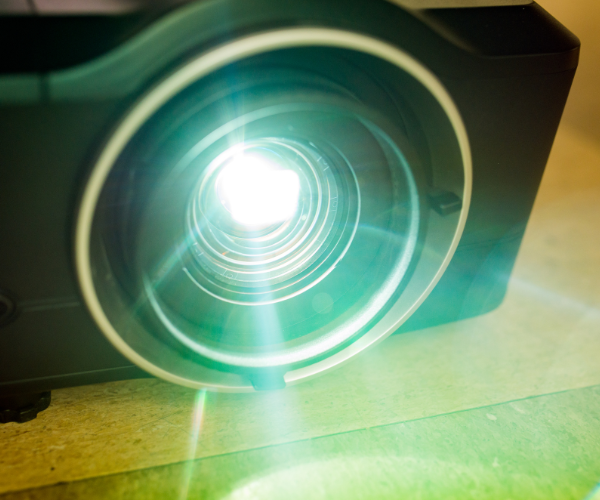
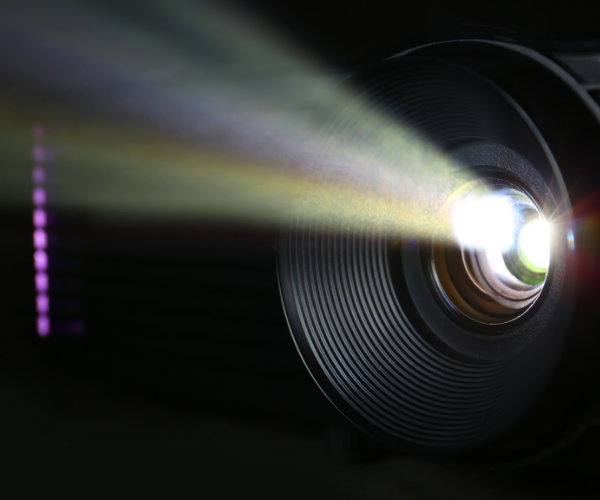
A Good Example of a Used Projector Deal
The Epson PowerLite Home Cinema is a great example I’ll use (Best Buy found this for me and I could have bought this one during the phone call).
- Epson PowerLite Home Cinema, $400, 3100 Lumens, Refurbished, 1080p, only 90 days left of warranty. This one has a lot of lumens! It’ll be nice and bright with good image quality. I could even put Geek Squad Protection on it for extended warranty and it’ll still be a good deal. Epson makes good projectors with long bulb life, I trust this brand to hold up for many years to come.
- Not as ideal example: Epson Home Cinema 2150, $600, 2500 Lumens, Refurbished, 1080p, 1 year left on the warranty. Buying this one new would cost around $700 on Amazon. That’s not that much more initial investment. This projector will be an awesome addition to any space you put it in, it’s worth that amount if you have a budget above $600.
With all the products the Best Buy guy mentioned to me during our call, I found it’s only a real steal if you can spend less than $500 on a bright DLP projector with minimal costs to extended warranties.
Related Questions
How do you tell what the current bulb life is on a projector? There is no real way to tell how used the bulb is on a projector. Bulbs on DLP projectors can last thousands of hours, whereas LCD ones are in the hundreds. It’s more important to look into what type of projector and how old the model is. However, SOME models will have a settings option that lets you see the number of hours recorded while being turned on. But you won’t be able to know just looking at the product description on Best Buy, eBay, or Amazon.
Where is the best place to buy a used projector? Any place that can give you sufficient details regarding the product is good. If you’re buying from a place like eBay or the used section on Amazon, it’s good to get a personal feel for the seller. How much did the original customer use it and how much did they move it around? Did it sit in a dusty, compact area for most of its use? Little inquires like that can tell you a lot about what kind of condition it should be in.
Conclusion
Buying a used projector doesn’t have to be a stressful endeavor! You just have to be aware of what to look for and know what constitutes a good deal. By the end of this article, I’m confident that this is all the information you need to make a sound purchase for whatever you decide to use your projector for.
Knowing what to look for was a completely foreign concept when my family purchased my first one! I wrote an article on our first dedicated projector purchase. Buying it new was a better option because this was actually a good price for a projector of this quality.
As always, if you have any questions or comments, feel free to reach out at entertainmentden.ns@gmail.com and I’ll do my best to respond. If you have any other article suggestions don’t hesitate to let me know as well. Thanks for reading and be sure to check back for the next article!
Buying a used laptop: Where to find the best deals
Buying a used or refurbished laptop doesn’t have to be a frustrating hassle. Whether you’re looking for a once-in-a-lifetime discount deal or just want a functional laptop for casual use, you can find one at a big-name retailer or local seller. Click to read more…
Buying a refurbished or pre-owned laptop can be an exhausting process; from double-checking model and serial numbers, to confirming proper start up and build configuration, the burden of truth seems to rest squarely on the shoulders of buyers.
Also: Buying a used Mac laptop: how to avoid scams and find the best deals
Thankfully, there are plenty of options out there if you’re looking for a good deal on a laptop and don’t mind that it’s not the latest and greatest tech. Big-name retailers like Best Buy, Amazon, and even Apple have certified refurbished, open-box, and pre-owned tech covered by a myriad of return and exchange policies as well as limited warranties. They either have their own teams or use third-party suppliers to thoroughly inspect, clean, and repair units for resale so you can buy with confidence. The drawback is that you may not get the kinds of discounts you’d like to see, especially from Apple Certified Refurbished.


If you’re willing to put in the work, you can also buy with confidence from sites like Facebook Marketplace, OfferUp, and Craigslist. Craigslist is the most difficult to work with, since listings don’t include photos of what’s being sold, just text descriptions; this means you have to be willing to exchange contact information with sellers in order to get photo and video proof of working condition. Even then, it’s possible that this evidence has been faked in order to dupe you into buying a dud item or sending money without ever receiving your laptop.
3. What should you do before buying a pre-owned laptop?

- If you’re considering buying a pre-owned laptop — whether it’s used or refurbished — from a local buy/sell/trade page, here are a few tips to keep in mind to protect yourself as well as your wallet:
-
Ask for proof
Buying used from a local seller is much different than walking into a big -name retail store and browsing their pre-owned items. You often can’t get your hands on the actual laptop to make sure it works. So you have to get creative. If a listing provides pictures that show the laptop is on and running properly, ask for a video of the entire boot-up sequence from black screen to home screen. You’ll be able to tell if the seller has made any cuts to hide problems or has faked the still photos. You should also ask for a photo of the laptop model and serial number; you can plug these into Google to find exact manufacture and release dates, build configurations, known issues, and any product recalls. This helps you to fact-check seller-provided information.
-
Never pay sight unseen
If a seller is insistent that you send money via check, money order, or services like Venmo and PayPal before you ever lay eyes on the laptop, that’s a huge red flag. A reputable seller should have no issue with you asking to send payment after the item arrives (if able to be shipped to you) or after you’ve confirmed yourself that the laptop boots up properly during a meet-up sale. Sending payment after an item arrives in the mail or you can actually see it for yourself will save you a lot of heartache as well as cash; unlike typical online shopping, it’s a lot more difficult to get your money back from a bad Facebook Marketplace or Craigslist sale since it isn’t a business transaction.






